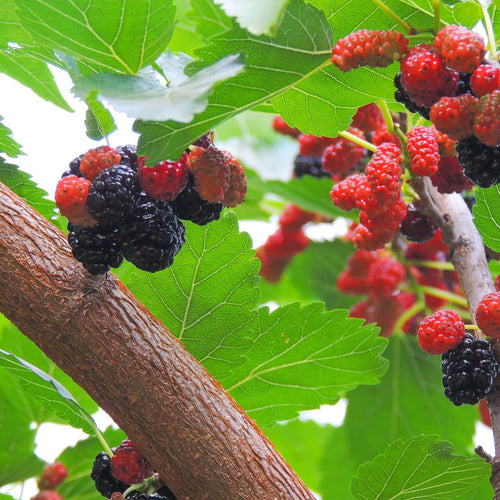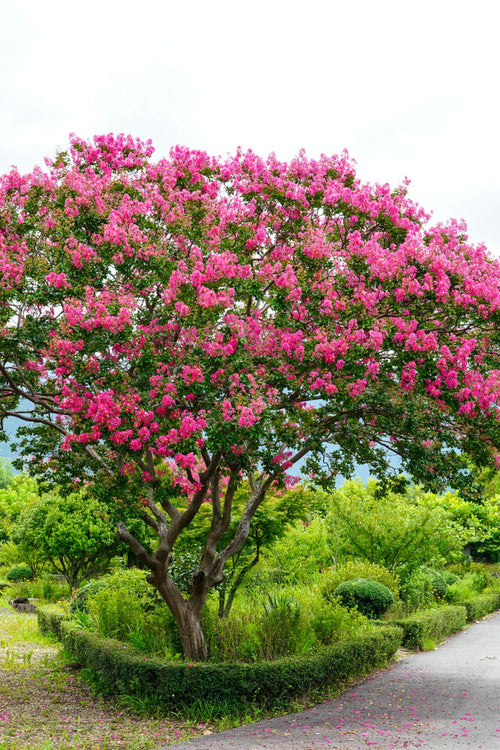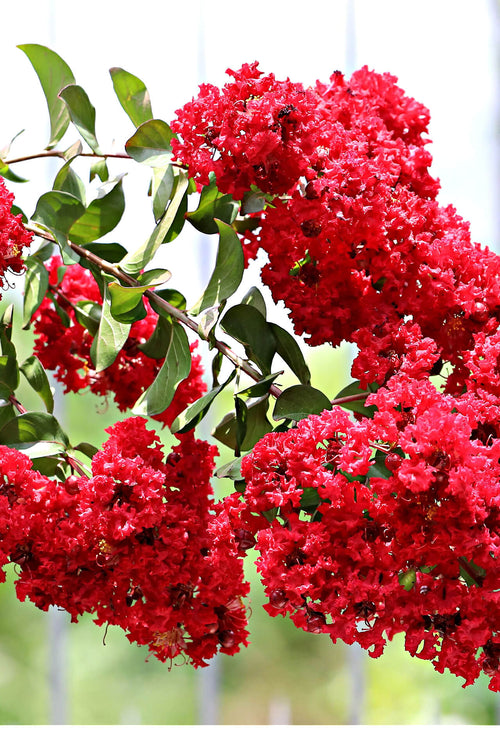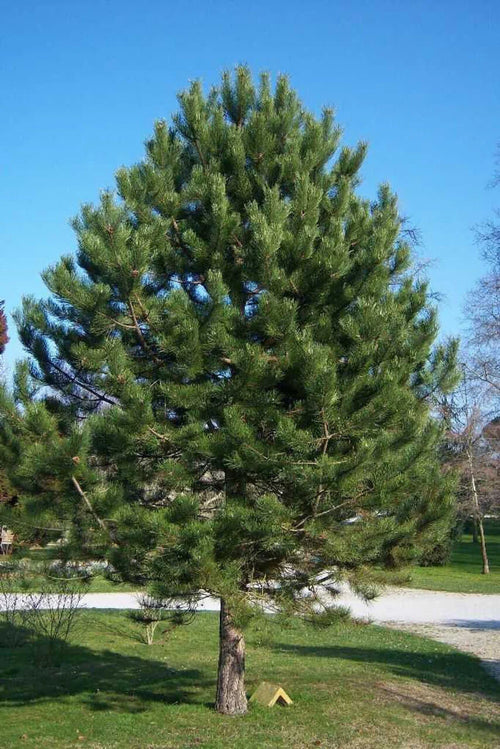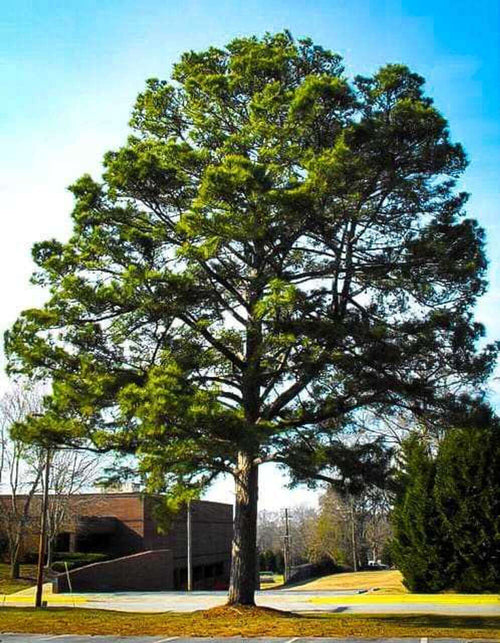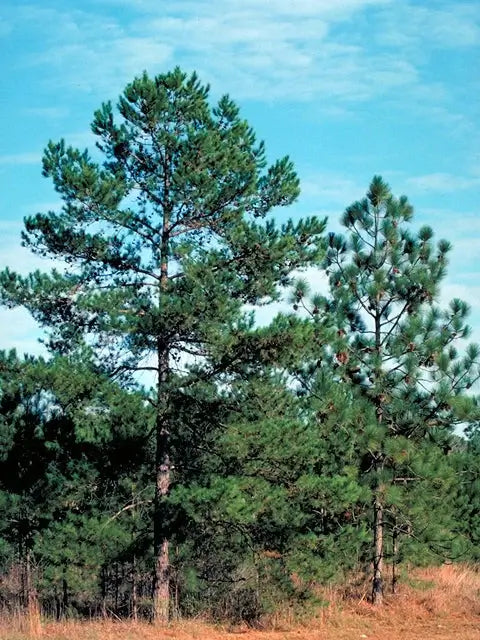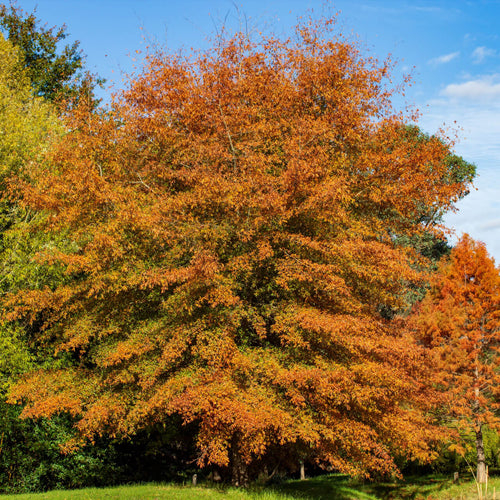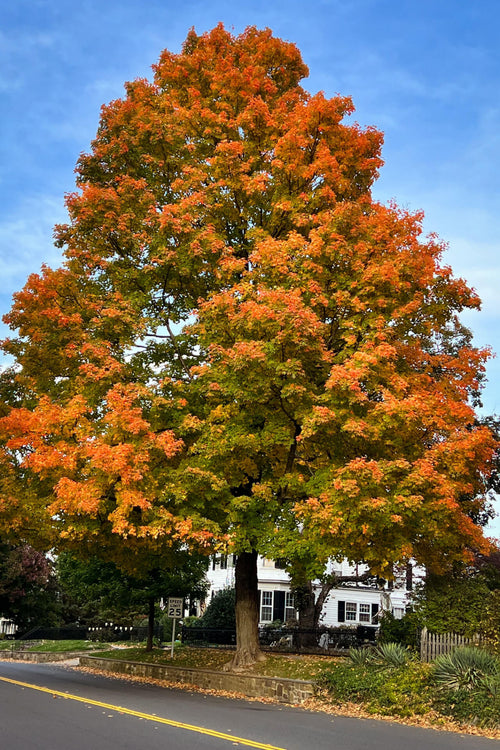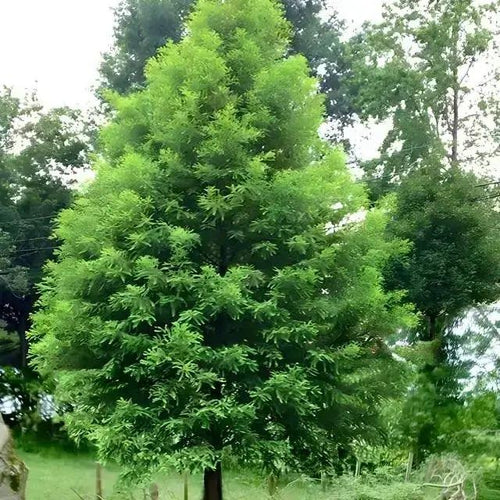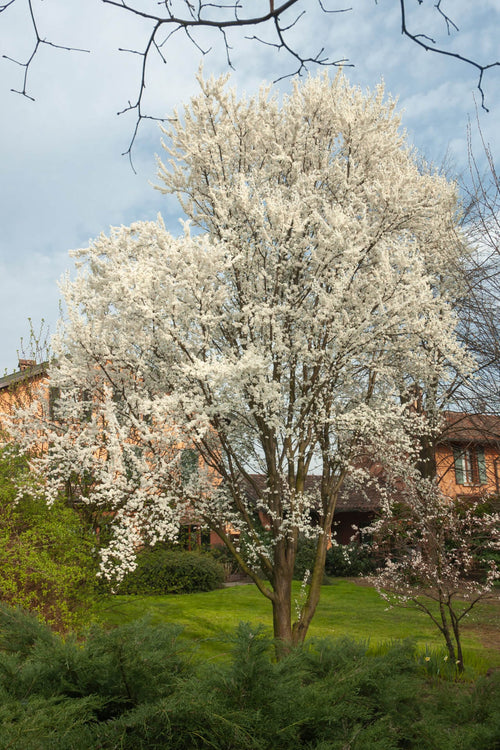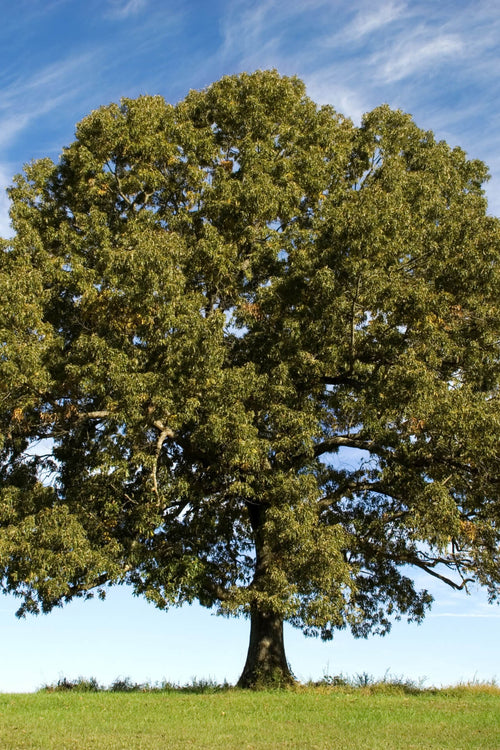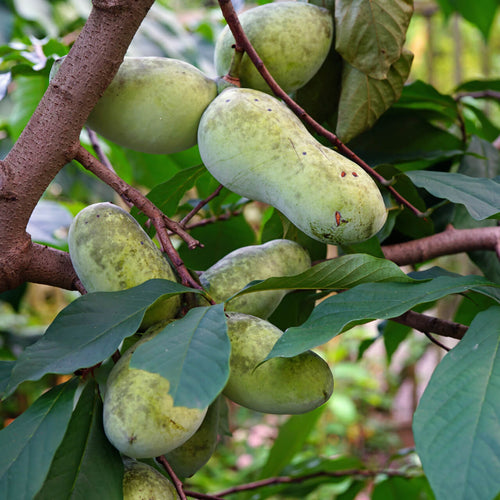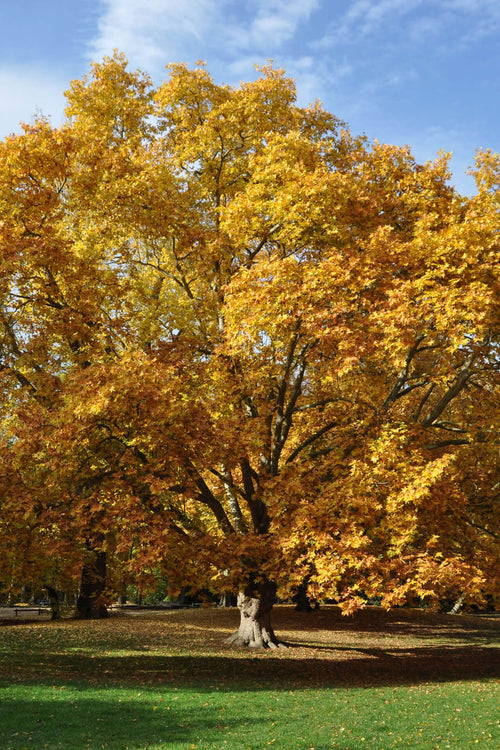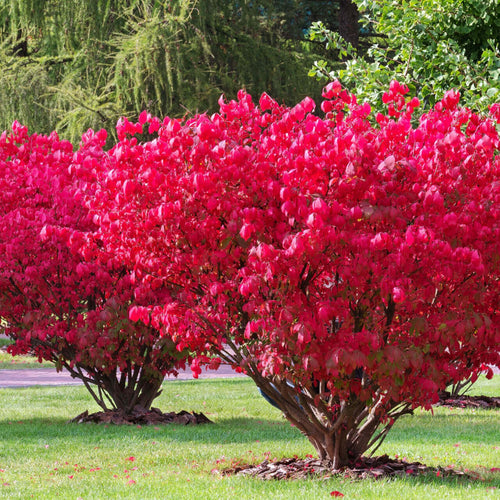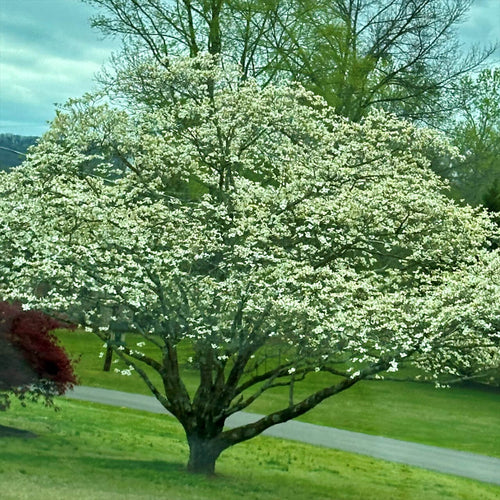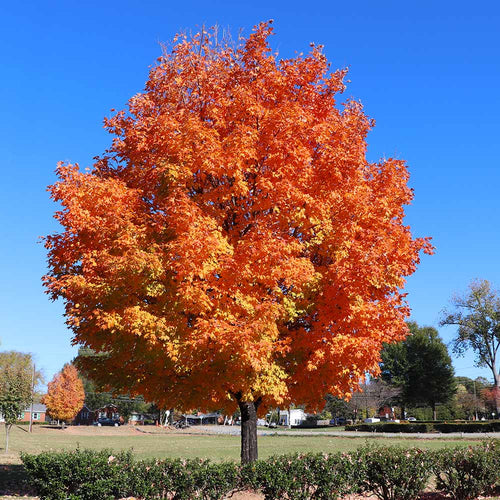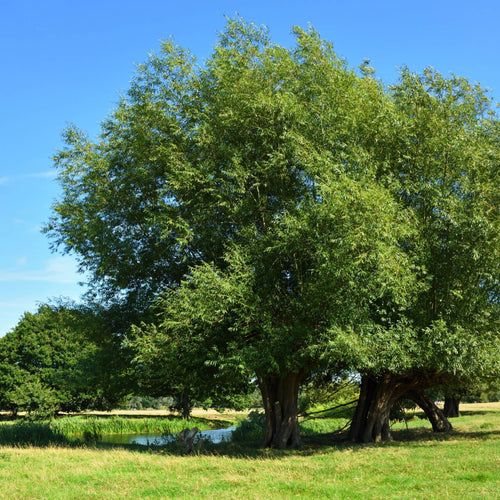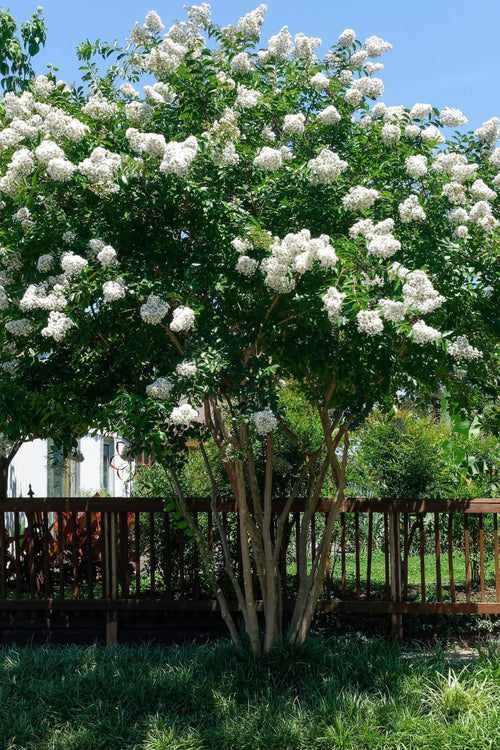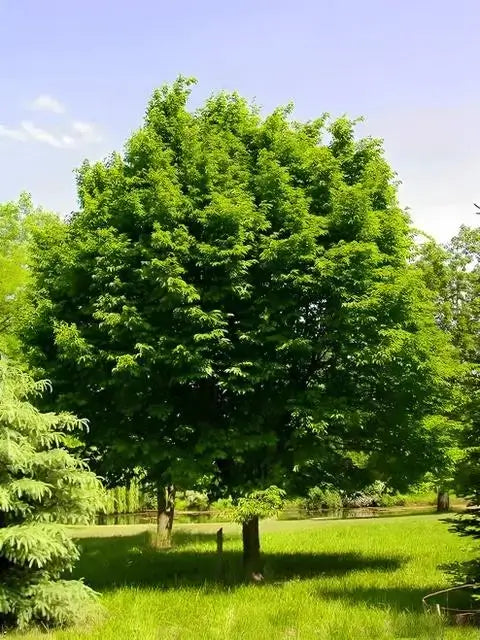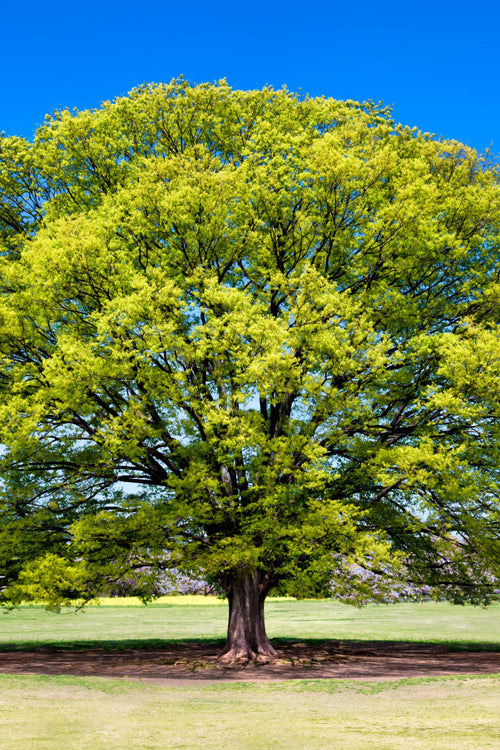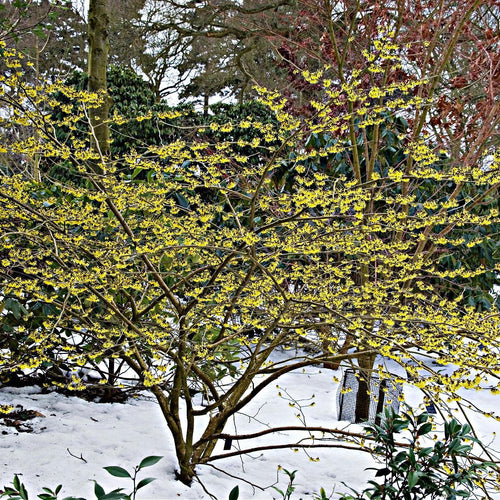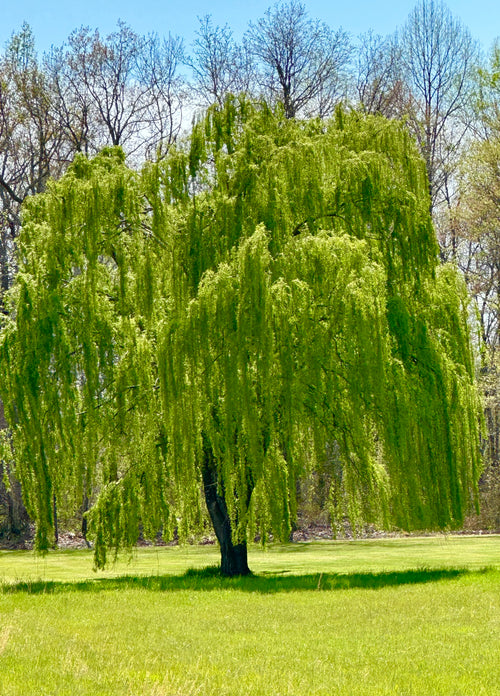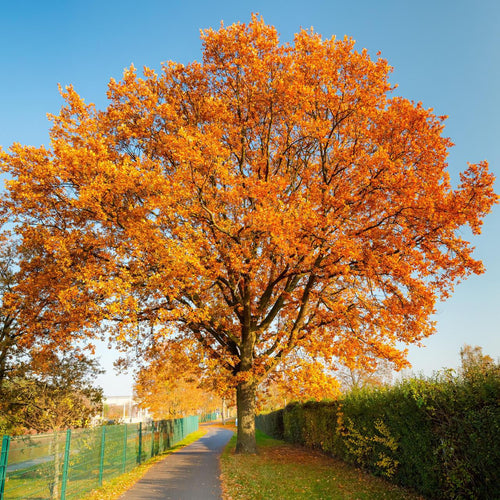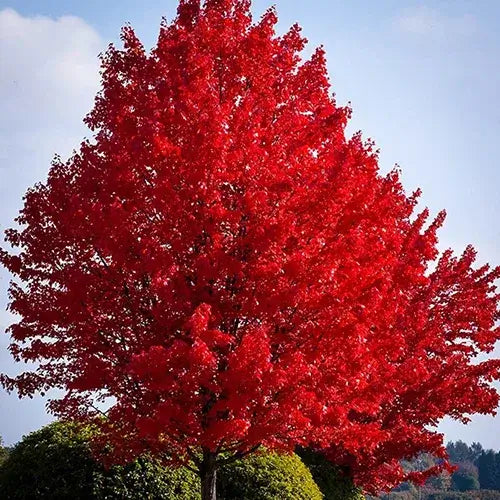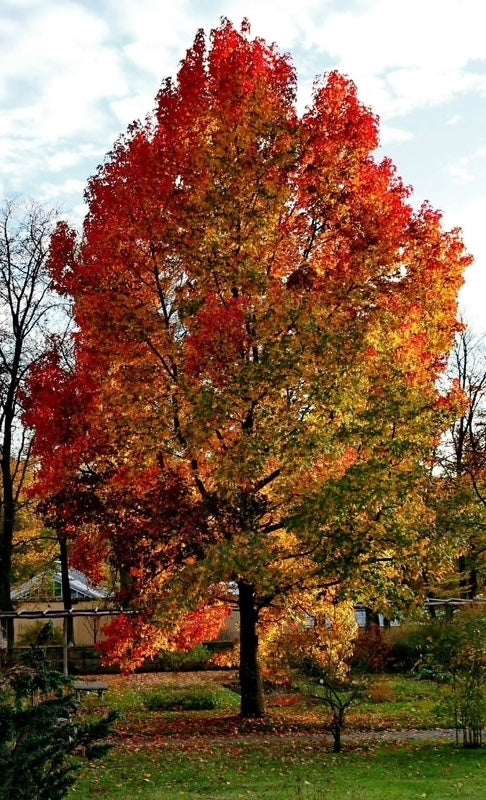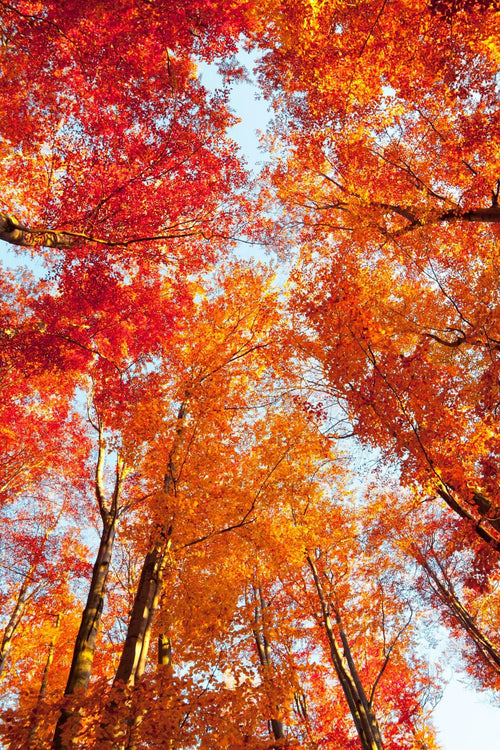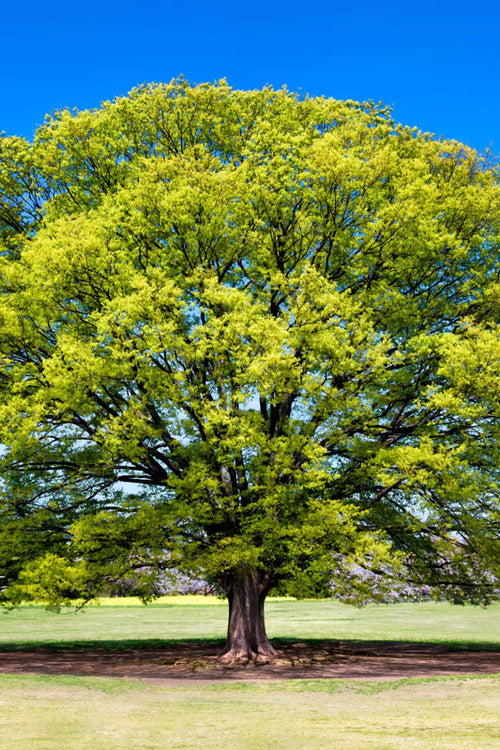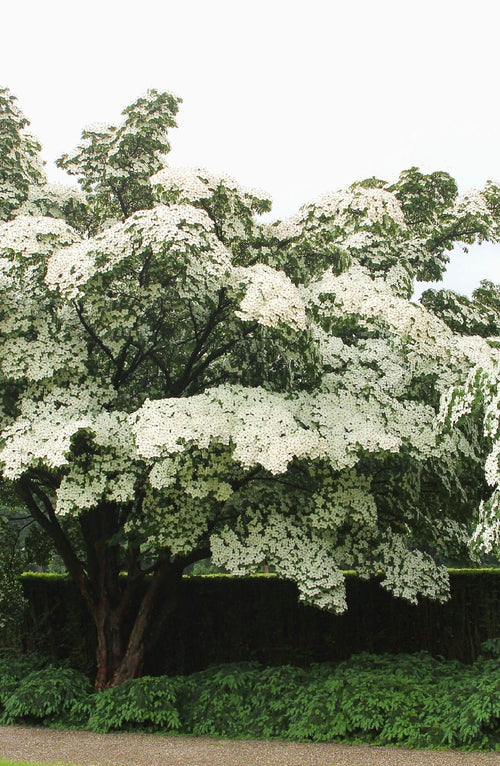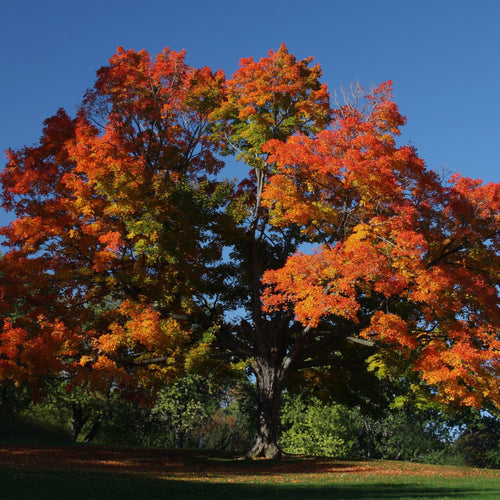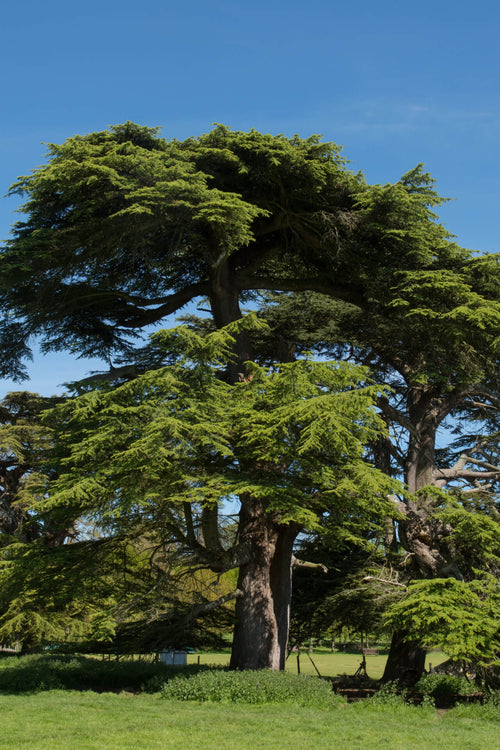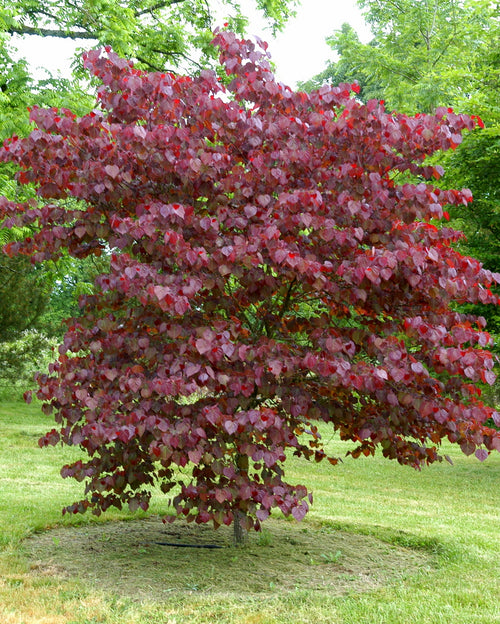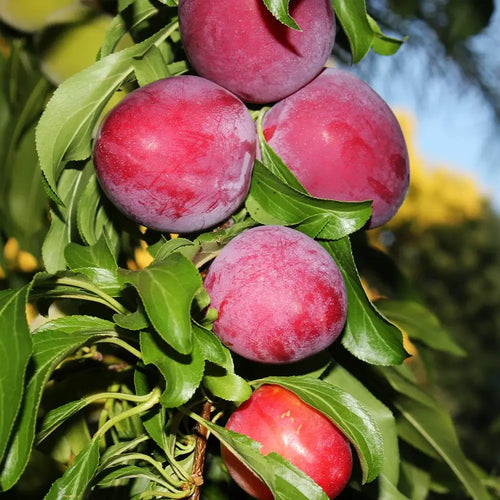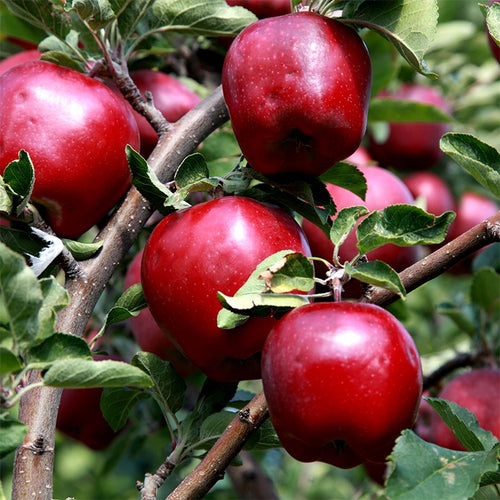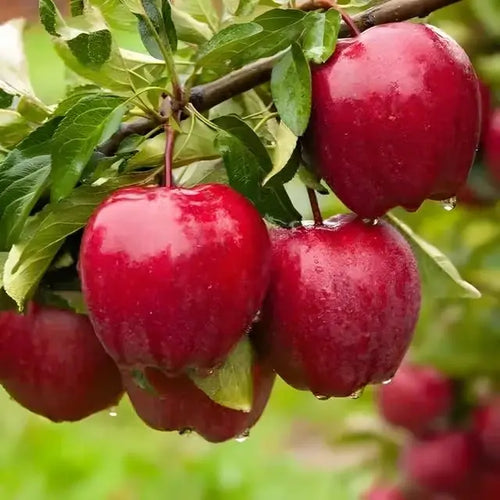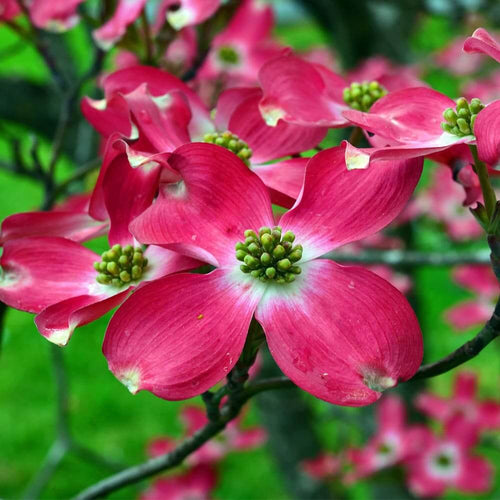20 Mixed Fruiting Trees 3-4'
5 Trees each 3-4'
Methy Fruiting Plum Trees
Red Delicious Apples
Early Elberta Peach
Santa Rosa Plum
Clearance Priced and Ready to Move. All plants are grade A; we dug too many for orders. These clearance-priced plants are priced at or below our cost—limited supplies. We will ship these plants out UPS 3-day select.
The Methley plum tree
Scientifically known as Prunus salicina 'Methley,' is a famous fruiting tree prized for its sweet and juicy plums. Originating in China, this deciduous tree has found its way into orchards and home gardens worldwide due to its delicious fruit and relatively easy cultivation. One of the most appealing features of the Methley plum tree is its early fruiting.
It typically bears fruit in early to mid-summer, delighting growers with a bountiful harvest of medium-sized, reddish-purple plums. The plums are renowned for their rich, sweet, and tangy flavor, making them ideal for fresh eating, canning, or making jams and preserves. In addition to its tasty fruit, the Methley plum tree is valued for its ornamental qualities. It bursts into a profusion of fragrant white blossoms in spring, creating a picturesque scene in the garden or orchard.
Red Delicious apples,
Renowned for their vibrant crimson hue and crisp texture, they hold a distinct place in fruit cultivation. Originating in the late 19th century in Iowa, United States, these apples quickly gained popularity for their appealing appearance and mildly sweet flavor. Their glossy skin, often dotted with patches of yellow and green, encases firm, juicy flesh, making them a favored choice among consumers worldwide.
Characterized by their iconic heart-like shape, Red Delicious apples are often enjoyed fresh, sliced into salads, or used in baking applications due to their ability to hold their shape when cooked. While their flavor is generally sweet, some may find them lacking the complex taste profile of newer apple varieties.
Despite their popularity, Red Delicious apples have faced criticism in recent years for a decline in flavor and texture compared to newer apple cultivars. Growers have also cited challenges in maintaining consistent quality and shelf life. Nevertheless, their enduring popularity and distinctive appearance ensure they remain a staple in grocery stores and orchards globally.
In summary, Red Delicious apples are celebrated for their striking appearance, crisp texture, and sweet flavor. However, they need help maintaining flavor consistency amidst a growing array of apple varieties. Despite criticisms, they are a beloved choice for snacking and culinary purposes.
The lush green foliage that follows provides shade and adds to the tree's visual appeal throughout the growing season. Cultivating Methley plum trees is relatively straightforward, as they are adaptable to various soil types and climates.
However, they prefer well-drained soil and full sun for optimal growth and fruit production. Regular pruning helps maintain the tree's shape, promotes air circulation, and encourages fruiting. Like many fruit trees, Methley plums are susceptible to certain pests and diseases, including plum curculio, aphids, and brown rot.
Overall, the Methley plum tree is a prized addition to any landscape, offering delicious fruit, beauty, and charm throughout the seasons. Whether grown for its ornamental value or delectable harvest, this versatile tree will surely delight growers and fruit enthusiasts alike.
The Early Elberta peach,
A variant of the renowned Elberta peach, it is a cultivar cherished for its exceptional flavor, early ripening, and versatility in culinary and ornamental applications. Originating in the late 19th century, the Early Elberta inherits many of the desirable characteristics of its predecessor while offering the added advantage of an earlier harvest, typically ripening several weeks before standard Elberta varieties.
Renowned for its sweet, juicy flesh and rich aroma, the Early Elberta peach is a favorite among growers and consumers. Its firm texture makes it suitable for various culinary uses, including fresh consumption, canning, baking, and preserves. Early Elbertas are prized for their vibrant golden-yellow skin, often blushed with hues of red, adding visual appeal to fruit baskets and orchards.
The Early Elberta peach tree is highly adaptable, thriving in various climates and soil types, although it performs best in well-drained, fertile soils with adequate sunlight. Beyond its culinary attributes, the Early Elberta peach tree enhances landscapes with its ornamental value, boasting beautiful pink blossoms in spring and lush foliage throughout the growing season.
Overall, the Early Elberta peach is a testament to its namesake's long-lasting popularity, offering an early-season delight that delights the senses and brightens orchards and gardens alike.
The Santa Rosa plum,
A delectable fruit cherished for its vibrant flavor and versatility, it holds a special place among plum varieties. Renowned for its rich, sweet-tart taste and aromatic flesh, this cultivar has become a favorite among fruit enthusiasts and culinary experts. Originating in California, the Santa Rosa plum was first developed by famed horticulturist Luther Burbank in the late 19th century.
Named after the city where it was cultivated, this plum quickly gained popularity for its exceptional taste and beautiful appearance. The fruit typically features a deep purple skin with a juicy, golden-yellow flesh that is sweet and tangy. One of the most appealing aspects of the Santa Rosa plum is its versatility in the kitchen.
Its high sugar content also makes it ideal for preserving through canning and drying, allowing enthusiasts to savor its deliciousness year-round. Beyond its culinary appeal, the Santa Rosa plum also offers health benefits, rich in essential nutrients like vitamins C and K, dietary fiber, and antioxidants.
Its consumption may contribute to overall well-being, including supporting immune function and digestive health. The Santa Rosa plum is a testament to nature's beauty and bounty, delighting taste buds and nourishing bodies with its irresistible flavor and nutritional goodness.

